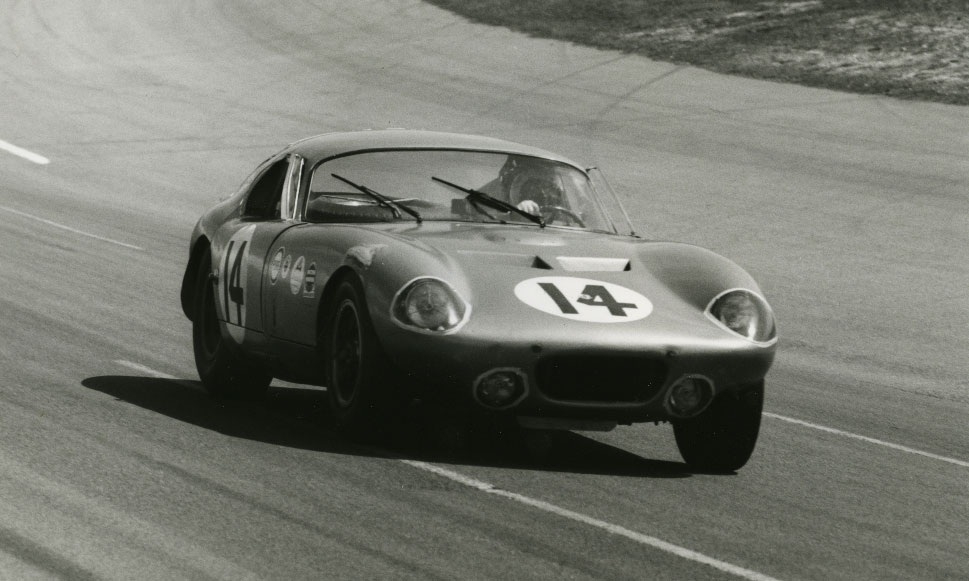
With Federal Help, Association Gives Historic Cars Their Due
Thanks to a collaboration between the Historic Vehicle Association and the Department of the Interior’s Heritage Documentation Programs, the 1964 Shelby Cobra Daytona Coupe will go down in history. Literally.
A recent announcement by an association made it official: Historic cars now are treated with the same reverence as historic buildings.
The Historic Vehicle Association (HVA), launched in 2009 with the goal of protecting the cultural heritage of the automobile, recently revealed its choice for the first vehicle to be honored in the Department of the Interior’s Heritage Documentation Programs, which help preserve cultural contributions to the world.
The 1964 Shelby Cobra Daytona Coupe recommended by HVA is pretty rare: It’s one of only six that were made.
Why the coupe?
This particular car has a quite the story—one with moments of great success and great tragedy.
The Coupe was the first of six prototypes built by race car driver Carroll Shelby’s company in the mid-1960s. It saw success on the track—and those lessons led to even greater success for the Shelby team on the international racing scene. Later, the car attracted a famous owner (record producer Phil Spector, currently in prison for a 2003 murder) and made high-profile appearances (an episode of The Monkees in 1968), before falling into obscurity—leading historians to worry it had disappeared forever.
Eventually, the vehicle resurfaced in a dramatic way when its owner, Donna O’Hara, died of self-immolation. O’Hara, who had kept the car in a garage for nearly three decades, refused to sell it while she was alive, despite its value. But after she died in 2000, the Coupe did sell—for $3 million, and then again not long afterward by the buyer for nearly $4 million. The next chapter was a lengthy legal battle over ownership based on O’Hara’s wishes concerning the car.
Now on permanent display at the Simeone Auto Museum in Philadelphia, the vehicle is notable for several reasons, including that it’s one of the few cars of its kind that hasn’t been fully restored.
Public Program, Private Backing
There’s a long road ahead for historic preservation of automobiles, an effort that will be driven largely by a public-private collaboration.
The Heritage Documentation Programs, run by the National Park Service, is in charge of the Historic American Engineering Record list, but HVA is playing an active role in the decision-making process. Heritage Documentation Programs worked with the association to set criteria for adding cars to the registry.
The association will be in charge of picking the cars to honor each year.
“We agreed to do the documentation, and the Historic Vehicle Association agreed to help select the vehicles that would be added over the next several years,” Heritage Documentation Programs head Richard O’Connor told The New York Times. “It’s great to have a group out in the private sector that knows what to look for.”
For its part, the association is happy to see one of American culture’s greatest gifts to the world getting its place in the canon of historic preservation.
“It has been nearly 120 years since the first automobiles were produced in the U.S. During that time, we have implemented national programs to recognize our historic buildings, airplanes, spacecraft, and vessels but not our historic automobiles,” HVA President Mark Gessler said in a statement. “Through our work, we hope to celebrate the contribution of the industry’s pioneers, the vehicles they produced, and the preservation efforts necessary to ensure future generations appreciate the unique role of the automobile in shaping America.”






Comments